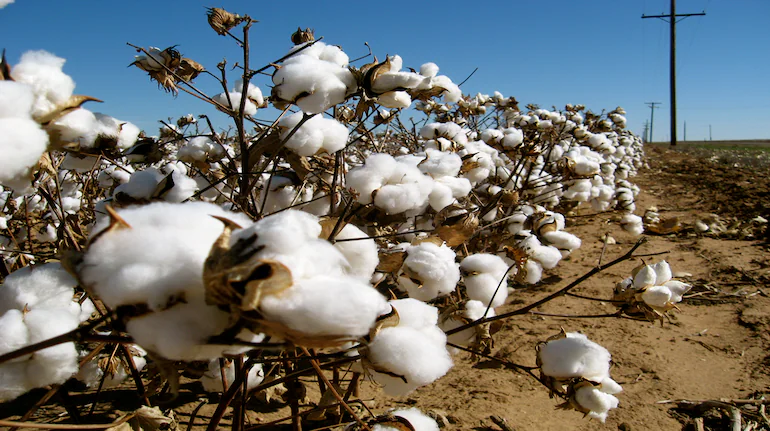As the government introduces genetically modified (GM) mustard in the country, debate still rages on a similarly modified variety of cotton introduced 20 years back.
In 2002, Bt cotton from Monsanto was introduced in India and now forms 90 percent of the total cotton crop area in the country. During this period, India has gone to become one of the top producers and exporters of cotton in the world from being an importer.
While the government is looking to achieve a similar feat with mustard, agriculture experts claim that farmer distress has increased after the introduction of Bt cotton due to stagnating yields and a rise in costs because of the higher use of pesticides and fertilisers.
“Bt cotton has not done much to the yield for sure and especially in the rain fed areas,” says Anantha Sayanan, founder of Tula, a Chennai-based non-profit that works with cotton farmers. “Yes the area under Bt has surely increased due to many reasons such as the use of agriculture extension arms for marketing, making only the Bt seeds available, shutting the effective breeding or saving of traditional seeds,” Sayanan said.
Source: Money Control

